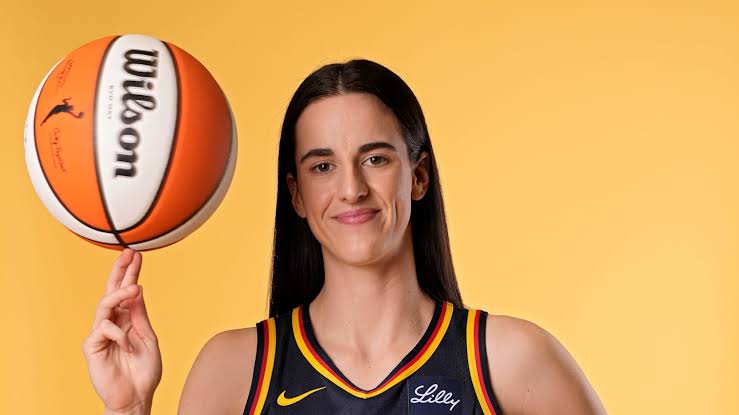
The NBA has officially rolled out a new statistical rule aimed at addressing a long-standing quirk in the league’s record-keeping. Under the new guideline, missed half-court heaves at the end of a quarter will no longer count against a player’s individual field goal percentage, though the team will still record the miss in overall shooting totals. The change is designed to provide a more accurate reflection of player efficiency while encouraging end-of-period attempts that add excitement to games.
For years, players and analysts have noted that buzzer-beating heaves—often taken from well beyond the three-point line—can unfairly impact a player’s shooting statistics. These shots are low-probability by nature, and including them in personal field goal calculations has occasionally skewed perceptions of a player’s performance. By removing these attempts from individual statistics, the NBA hopes to allow players to take such shots without fear of damaging their season averages.
The rule change applies specifically to attempts made after the game clock hits zero at the end of a quarter, whether in the first, second, third, or fourth periods. While the team will still register the attempt as a missed shot in overall metrics, players’ personal field goal percentages will remain unaffected. This distinction balances statistical integrity with fairness to athletes, ensuring that low-probability buzzer-beaters don’t penalize individual performance records.
Coaches and players have largely welcomed the change, noting that it could influence in-game decision-making. Previously, some players hesitated to take full-court shots at the buzzer out of concern that a miss would negatively affect their stats. With the new rule in place, teams can encourage such attempts to energize fans and create memorable moments without penalizing their players on paper.
Statisticians and analysts also note that this adjustment reflects the NBA’s broader willingness to adapt to modern basketball dynamics. As advanced metrics and player efficiency ratings play a growing role in contract negotiations and public perception, the league is increasingly mindful of rules that could unintentionally distort player evaluations.
The new guideline is effective immediately and will be applied across all NBA games moving forward. Fans can expect to see more end-of-quarter heaves and dramatic buzzer-beaters without controversy over their impact on player stats. By fostering both excitement and fairness, the league hopes to maintain its reputation as an innovator in both gameplay and statistical accuracy.
Do you want me to also include examples of past players who were negatively affected by these heaves to illustrate why the rule matters?






